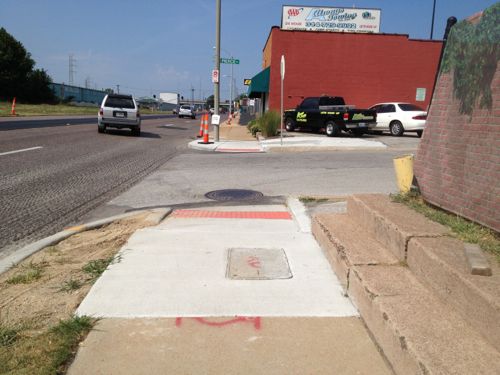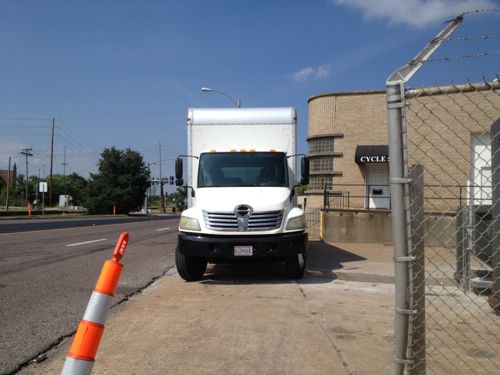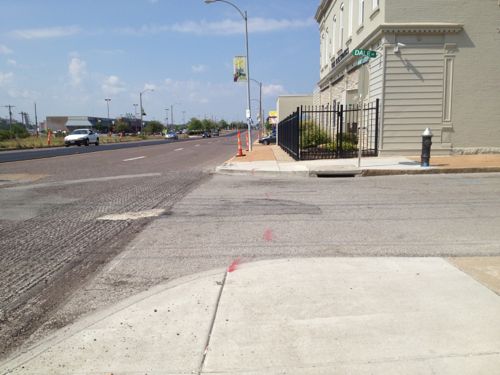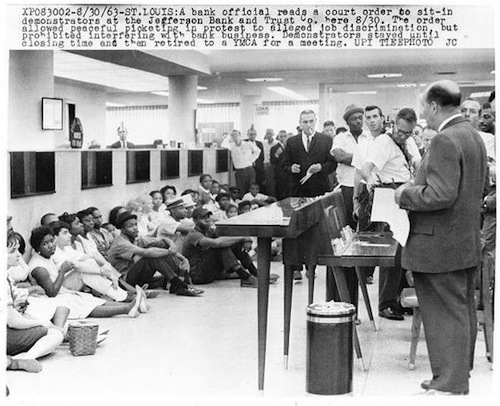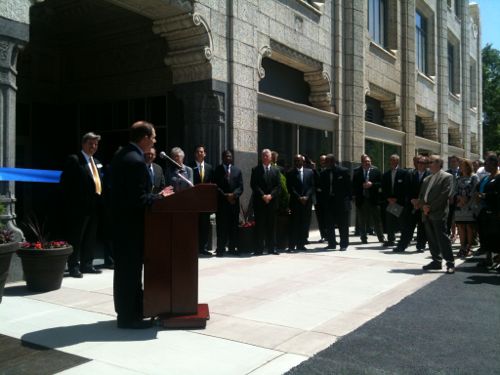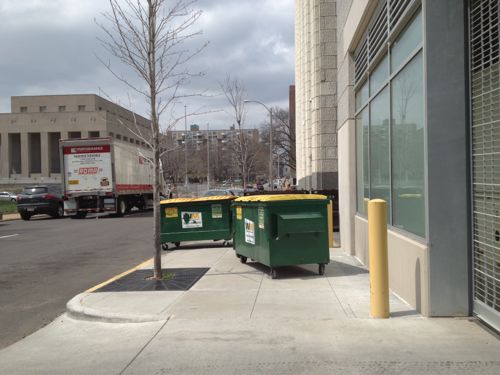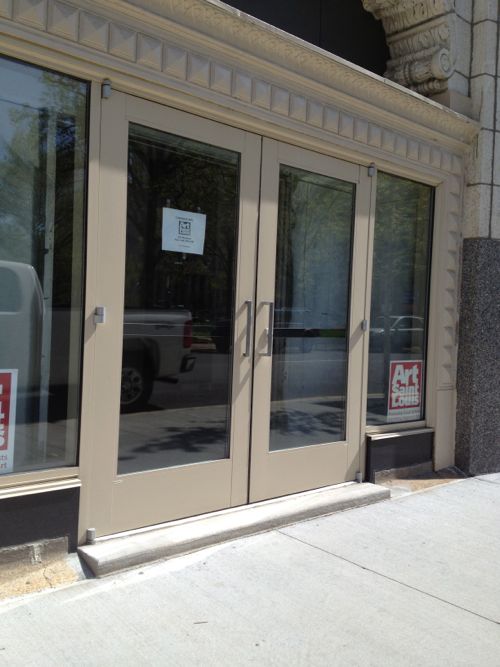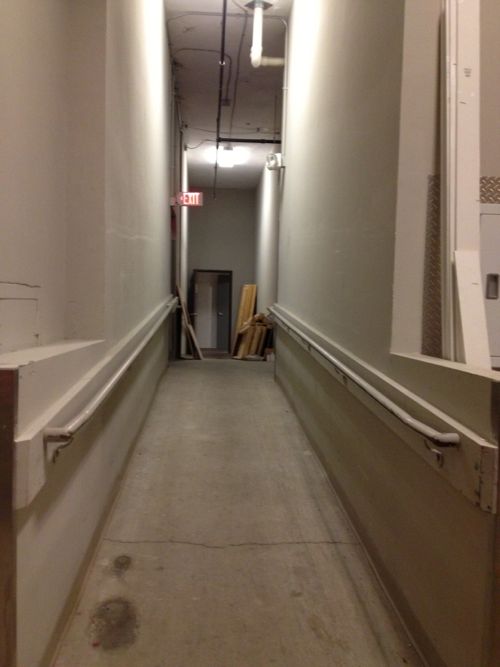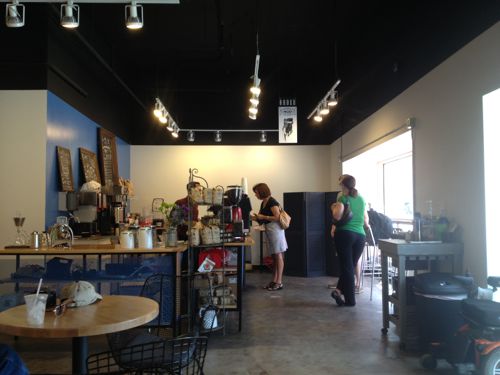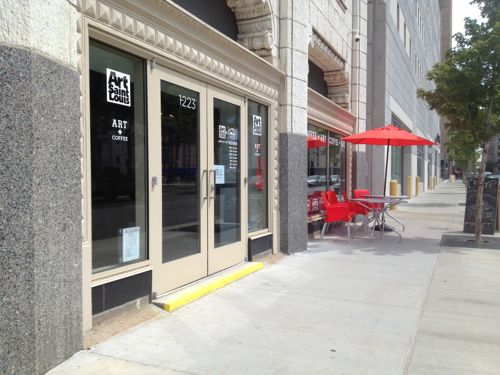Labor Needs To Be Paid A Living Wage
|
|
My first job was assisting my father, a carpenter, on construction sites in the summer, starting around age 8 (1975). One summer I decided to assist a rock layer to earn more money but that was grueling labor. My first job, other than for my father or other trades, was working for the local Arby’s fast food chain at age 16 (1983). I lasted 4 days before I knew I wasn’t cut out for fast food work. I worked for my next employer, Toys “R” Us, for 5 years. When I left Toys “R” Us in 1988 the minimum wage in Oklahoma was $3.35/hour (source), but I was making $5.90/hour as a part-time head cashier. Many of my co-workers were also in school (high school or college) or had other full-time work, but for some it was their only job. They were young and not supporting a family though. Today face of the minimum wage worker is radically different from when I started at mimim wage 30 years ago. They’re older, more educated:
Government statistics and studies suggest that the common picture of the fast food worker is inaccurate. Not only are relatively few of them teenagers looking for some pocket money while attending school, but the number of adults working in low-paying part-time jobs against their wishes is rapidly growing. [snip] Meanwhile, these jobs are no longer introductions to the world of work. The age of the average worker is 28, with 70 percent 20 years old or older, according to statistics compiled by AOL Jobs. One out of four has at least one child. A third has at least some college education. And, according to the National Employment Law Project, there is “limited occupational mobility,” so the positions don’t lead to higher paying positions let alone opportunities to own franchises. (CBS News)
These adult workers “Can’t survive on $7.35.” They’re employed, working full time, yet not surviving.
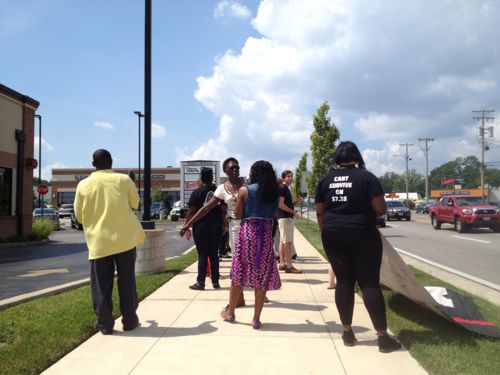
You may dismiss their situation, thinking they should’ve gotten more education to land a better paying job. Again, these workers aren’t high school dropouts, nationally a third have some college education. Suppose they all found better jobs, most fast food establishments & retail stores would have to close because they’d have no employees. Even now far suburban places must pay more to lure workers to commute to the newly created jobs. The closer jobs often being created by developers seeking tax-increment financing (TIF) likely pay just minimum wage with no benefits. The other thing you might be thinking these people have made poor decisions in life, so they must deal with the consequences.
However, life is never that simple:
In a series of experiments run by researchers at Princeton, Harvard, and the University of Warwick, low-income people who were primed to think about financial problems performed poorly on a series of cognition tests, saddled with a mental load that was the equivalent of losing an entire night’s sleep. Put another way, the condition of poverty imposed a mental burden akin to losing 13 IQ points, or comparable to the cognitive difference that’s been observed between chronic alcoholics and normal adults. The finding further undercuts the theory that poor people, through inherent weakness, are responsible for their own poverty – or that they ought to be able to lift themselves out of it with enough effort. This research suggests that the reality of poverty actually makes it harder to execute fundamental life skills. Being poor means, as the authors write, “coping with not just a shortfall of money, but also with a concurrent shortfall of cognitive resources.” (How Poverty Taxes the Brain)
Poverty adds a burden that makes it difficult to make good decisions to escape poverty. Additionally,
Fast food is a billion dollar per year industry in St. Louis, and we believe that no one who works for a living in such a profitable business should be forced to rely on public assistance to provide for their family. One-quarter of St. Louis’s workforce works in the service economy, and in fast food the average annual salary is less than $19,000. When workers are paid a living wage, not only will it strengthen the economy but it will also reduce crime in our neighborhoods. (source)
Living wage?
The living wage shown is the hourly rate that an individual must earn to support their family, if they are the sole provider and are working full-time (2080 hours per year). The state minimum wage is the same for all individuals, regardless of how many dependents they may have. The poverty rate is typically quoted as gross annual income. We have converted it to an hourly wage for the sake of comparison. Wages that are less than the living wage are shown in red.

The minimum wage isn’t enough for an adult to support themselves. With such a huge part of our region, largely in the city, making minimum wage it is easy to see the region will not be able to prosper. Sure, there are business owners getting very wealthy off the backs of many.
A few benefit while the region is held back.
— Steve Patterson

